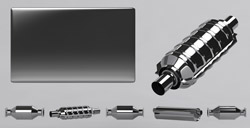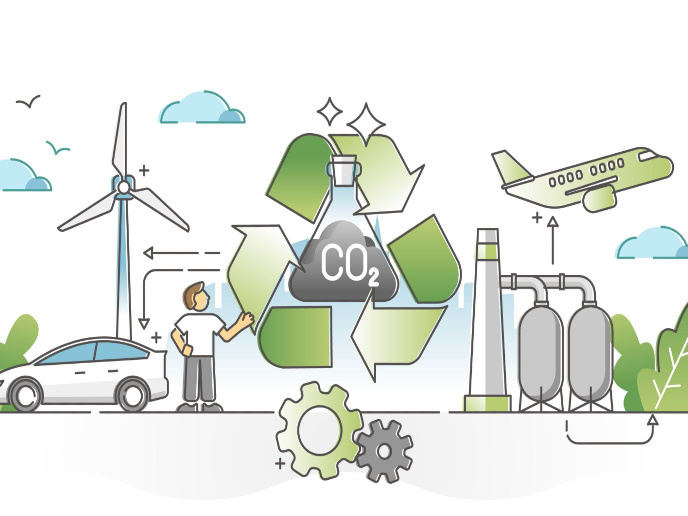The drive for cleaner diesel engines
Emissions from diesel engines, in particular nitrogen oxides (NOx), are still a huge cause for concern in the environment. They are an important precursor of both ozone and acid rain. Affecting the respiratory system, they are also a serious threat to health. Chemical engineers and chemists, expert in exhaust emissions, worked together in the EU-funded 'Tailored on-board activated agents production for exhaust aftertreatment performance enhancement' (Top expert) project. Using activated chemical agents, they aimed to reduce emissions of NOx so that diesel engines will be able to comply with future regulations. Two independent technologies were investigated. The catalyst-based approach uses an auto-thermal reforming device, a catalytic fuel processor (CFP) to activate chemical agents. These are then injected into the exhaust line where they pass over a catalyst upstream, a catalyst-based after-treatment device (CATD) to reform them. The second, an energy-based fuel processor (EFP), uses plasma to reform and activate the fuel. After exhaustive testing of the CFP and EFP, the most promising technology was a CATD which was then installed into a demo vehicle, the new Lancia Delta 2.0Mjet Euro5. The CATD was tested in two configurations, and the under floor (UF) system demonstrated high reliability in all testing conditions achieving instantaneous NOx conversion efficiency of up to 85 %. Further research is planned so the potential of the new Top Expert system can be fully exploited; the production of a high level of secondary emissions, mainly carbon monoxide, is still a problem as well as the fuel penalty that is higher than expected. The final test campaign demonstrated that CATD works with high efficiency over a wide range of engine conditions and is compatible with engine and vehicle systems. Further good news is that for both types of CATD, the costs are competitive as compared with standard selective catalytic reduction systems. A further cost saving is also expected on improvements in the manufacturing process.







